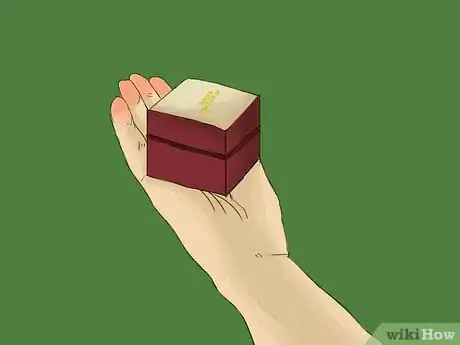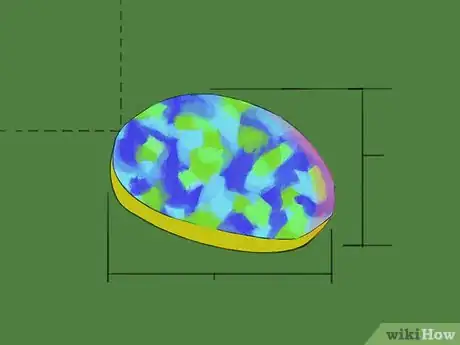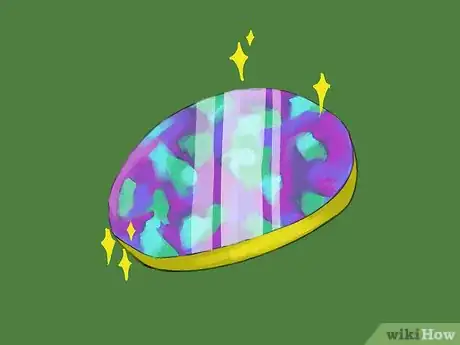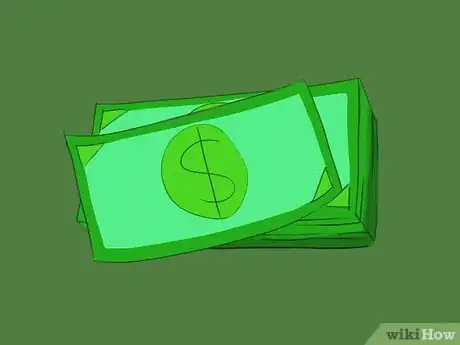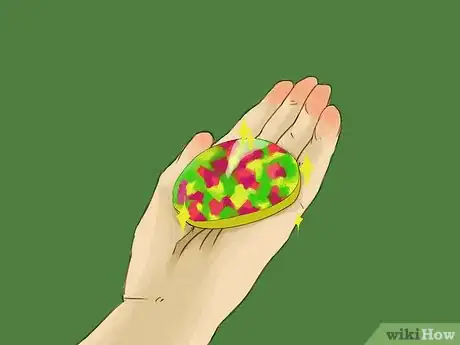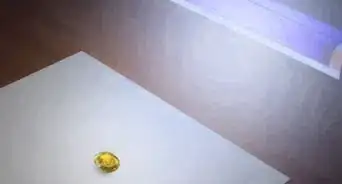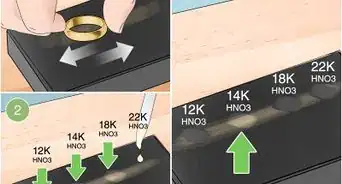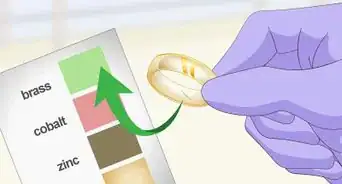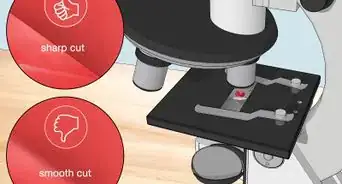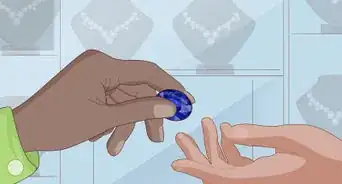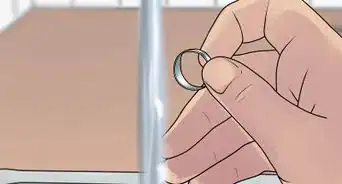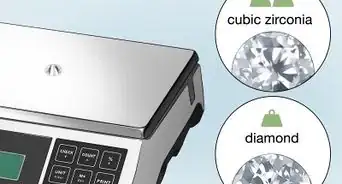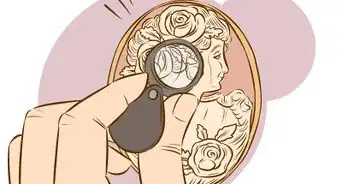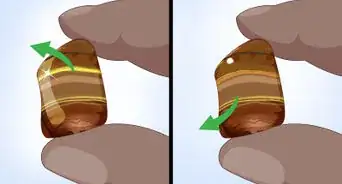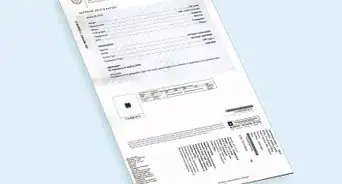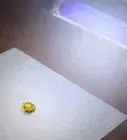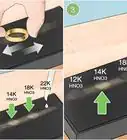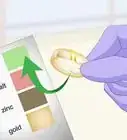Real vs. fake opals. What’s the difference?
X
This article was co-authored by Alisa Thorp. Alisa Thorp is a Jewelry Design & Ethical Gemstone Expert and the Co-Founder of Mercurius Jewelry. With over 15 years of experience, she specializes in responsibly-sourced fine jewelry. She holds a BS in Environmental Science from Columbia University and is studying gemology at the Gemological Institute of America (GIA).
This article has been viewed 104,166 times.
Opals are gorgeous stones. But how can you tell if the necklace you bought with your hard-earned cash contains a real opal? Fake opals are often very hard to detect, but here are some tips for making sure your shimmery gemstone is the real thing.
Steps
Section 2 of 2:
Spotting a Fake
-
1Check the country of origin. Most real opals are mined in Australia, which is the opal capital of the world. Russia and Hong Kong make high quality fake opals that some shady jewelers try to pass off as the real thing. If your opal does not come from Australia then you should seriously suspect its validity.
-
2Inspect the symmetry. If the opal is a natural stone, then even with cutting and polishing it may not be entirely symmetrical. If the opal is a perfect circle or oval, then you should have a licensed jeweler inspect it before you make the purchase.[1]
-
3Look at the opal in strong, white light. Do not use a fluorescent light, because it can make the opal appear to have more facets than it actually does and can give the impression of additional colors. If the opal seems to have multiple layers of color, then this is a good indication that it is the real thing. However, if an opal only appears to have colors immediately below the surface, it may be a fake.
-
4Check the price. A real opal, even a small one, will usually cost over $100. If an opal in a jewelry setting costs only $20 or $40, then you should suspect the bargain.
-
5Look closely at the pattern. An opal created in a laboratory (Gilson opal)displays bright colours in large patches of colour. The pattern is often 'too perfect' and ordered, and can also often display a 'snakeskin' pattern.[2]
Advertisement
Community Q&A
-
QuestionI brought an opal that they said was a created white fire opal. Is it real or fake?
 Community AnswerIt sounds like an opal that was created in a lab instead of dug out of the earth. That does make it less valuable than a mined opal.
Community AnswerIt sounds like an opal that was created in a lab instead of dug out of the earth. That does make it less valuable than a mined opal. -
QuestionIf opal has a specific pattern, does that mean it's manufactured?
 Community AnswerIt is really likely to be a fake with a specific or repeated pattern. Nearly all symmetrical opals are fake; check if it is a perfect circle or oval. Even a small opal is well over $100, so if it's selling for less than this, it's probably manufactured.
Community AnswerIt is really likely to be a fake with a specific or repeated pattern. Nearly all symmetrical opals are fake; check if it is a perfect circle or oval. Even a small opal is well over $100, so if it's selling for less than this, it's probably manufactured. -
QuestionIs Oregon peach opal real?
 Community AnswerYes. The opal variety was first discovered in 2016.
Community AnswerYes. The opal variety was first discovered in 2016.
Advertisement
References
About This Article
Advertisement
